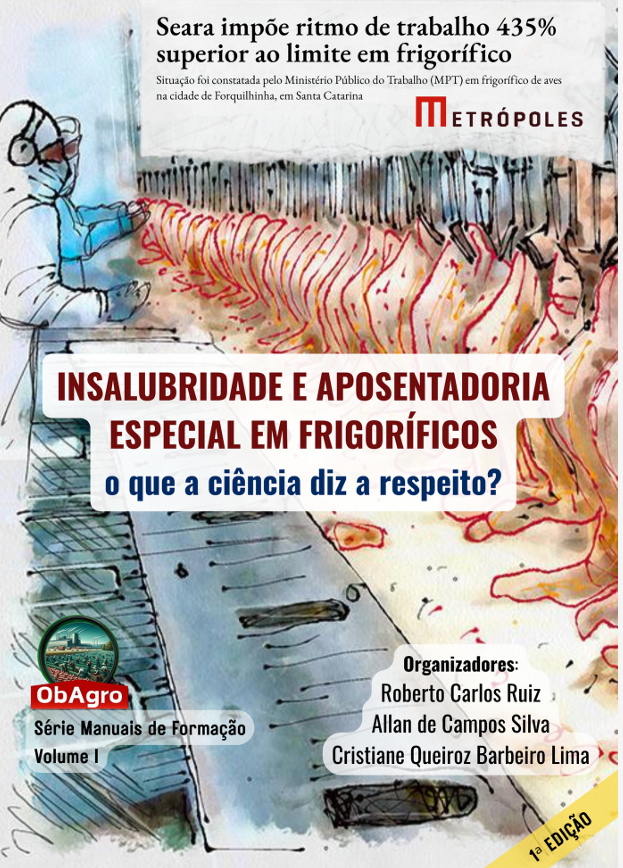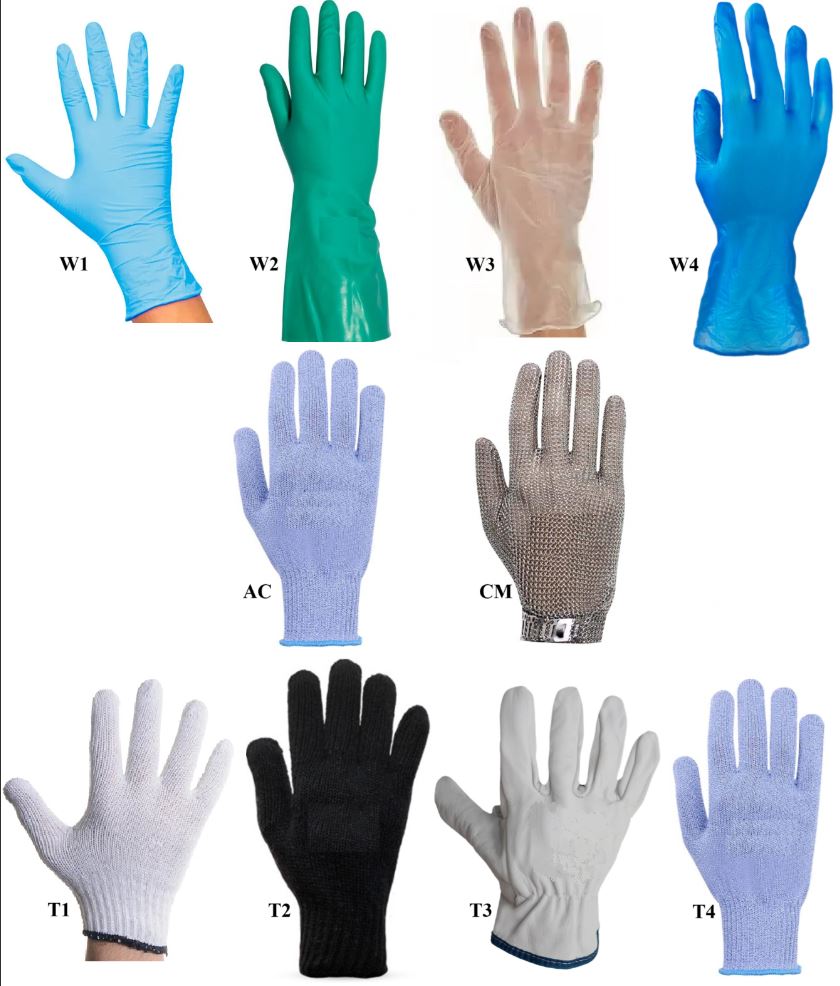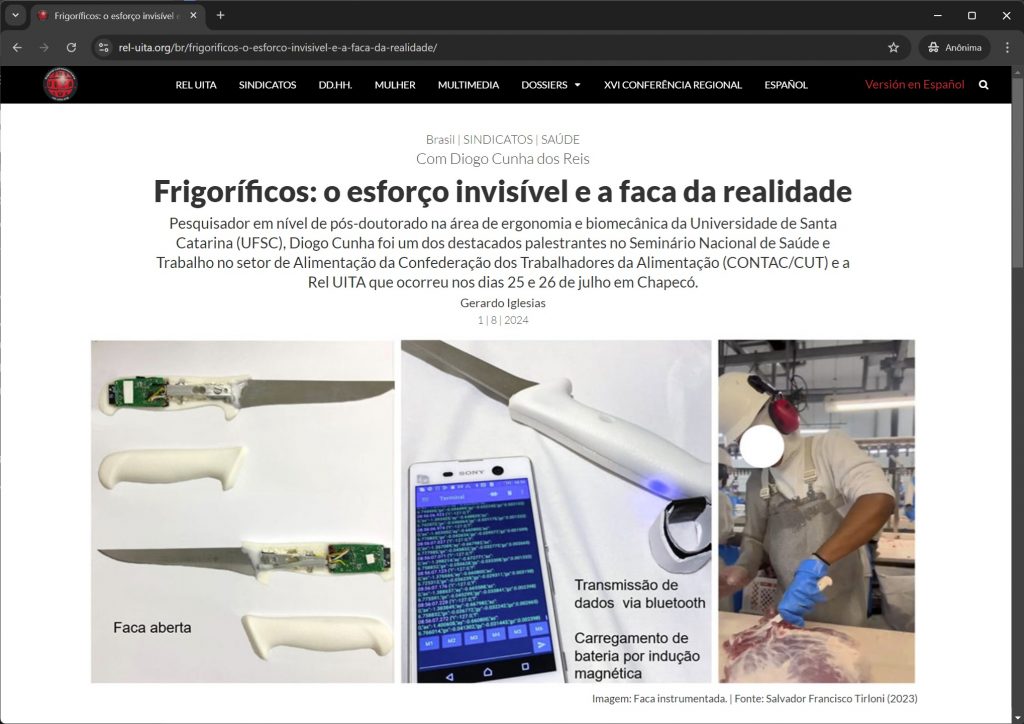LIVRO: Insalubridade e aposentadoria especial em frigoríficos
D urante os dias 20 e 21 de maio de 2025, foi realizado o seminário – O trabalho em frigoríficos – 12 anos da NR-36 – na sede da Procuradoria-Geral do Trabalho (PGT), em Brasília-DF. Promovido em parceria com o Ministério Público do Trabalho – MPT, o evento reuniu representantes dos três Poderes, trabalhadores, sindicalistas, pesquisadores e juristas para discutir a temática.
urante os dias 20 e 21 de maio de 2025, foi realizado o seminário – O trabalho em frigoríficos – 12 anos da NR-36 – na sede da Procuradoria-Geral do Trabalho (PGT), em Brasília-DF. Promovido em parceria com o Ministério Público do Trabalho – MPT, o evento reuniu representantes dos três Poderes, trabalhadores, sindicalistas, pesquisadores e juristas para discutir a temática.
Na ocasião, ocorreu o lançamento do livro Insalubridade e Aposentadoria Especial em Frigoríficos: o que a ciência diz a respeito, uma obra que oferece uma visão abrangente sobre os principais desafios enfrentados pelos trabalhadores do setor. O livro reúne pesquisas de especialistas em diversas áreas, abordando temas como riscos biológicos e químicos, exposição ao frio, ruído e umidade, além de análises sobre aspectos previdenciários. Os pesquisadores do projeto SIGEVIS-UFSC contribuíram com um capítulo dedicado à exposição ao frio em frigoríficos, trazendo insights valiosos sobre os impactos dessa condição no ambiente de trabalho. Para acessar o livro, clique aqui!








 Reduced Work Pace in a Poultry Slaughterhouse
Reduced Work Pace in a Poultry Slaughterhouse